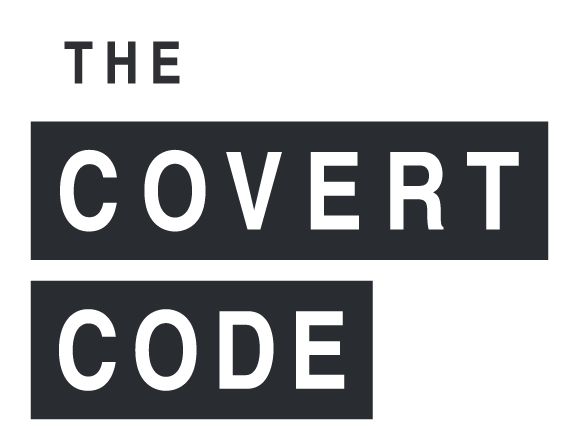Episode 26 – Featured Guest Pat Monick
This week on the Covert Code Podcast, the topic is “women in business,” and my special guest is Pat Monick, principal of 4Front Branding and VP of Covert Communication.

Pat Monick, principal of 4Front Branding/Monick Brand Comm LLC and VP of Covert Communication, has over 30 years of experience in marketing, specializing in account management, strategic planning, media, and public relations. Starting her career in fashion and textile design, Pat transitioned to marketing, eventually serving as senior VP at Laird Christianson Advertising, where she helped grow the company into Honolulu’s largest marketing communications firm. Pat has worked across various industries, including construction, real estate, retail, hospitality, healthcare, insurance, solar energy, and book promotion. The American Advertising Federation—Hawaii recognized her as a past president and named her Ad Woman of the Year in 2009. Pat excels in brand development, creative production, and managing websites and social media.

 Meet Bjorn Arnold
Meet Bjorn Arnold Meet John Pitre
Meet John Pitre Meet David Pang
Meet David Pang Meet Tracy Sierra
Meet Tracy Sierra Meet Toby Tamaye
Meet Toby Tamaye Meet Drew Brittain
Meet Drew Brittain